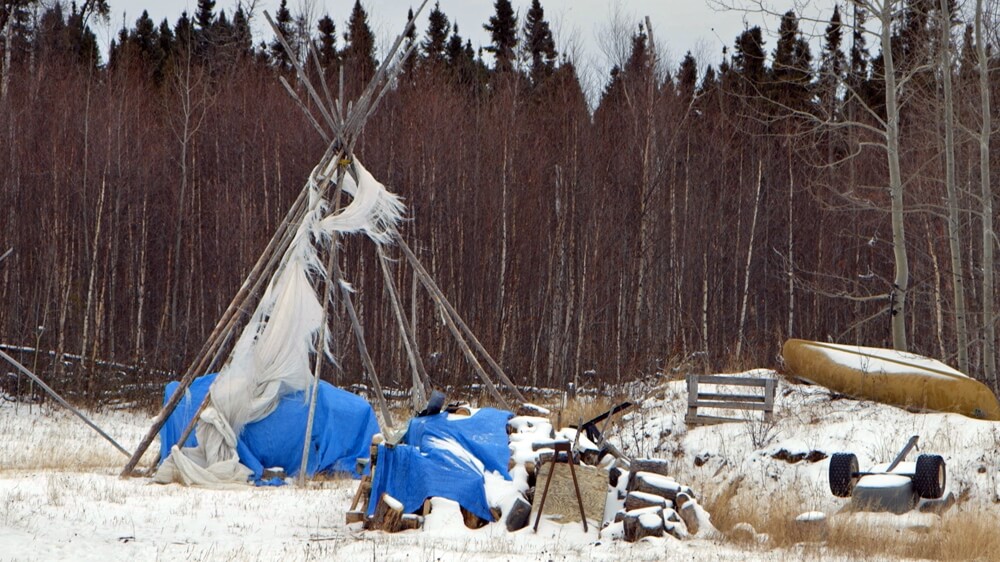For over two decades, the United Nations has observed the International Day of the World’s Indigenous Peoples on August 9. An effort to promote and help protect the rights of the world’s Indigenous Peoples, each year the event is attributed to a specific theme. This year, the theme is “health and well-being”.
Referring specifically to the ability of Indigenous Peoples to access health care services, United Nations Secretary-General Ban Ki-moon marked the occasion earlier today, stating,
“On this International Day of the World’s Indigenous Peoples, I call on the international community to ensure that they are not left behind. To create a better, more equitable future, let us commit to do more to improve the health and well-being of indigenous peoples.” [sic]
Due to their relative remoteness, Indigenous Peoples tend to have significantly limited access to health care services. It is a particularly alarming reality given the complex health challenges that Indigenous Peoples often face: systemic opiate addiction in northern Ontario, Canada; the plague of cancer that is decimating Indigenous Peoples in Ecuador; the police raids and military assaults to which Indigenous Peoples are routinely subjected for simply saying “no” to the ravages of industry. The list could go on for weeks.
Indeed, there is much more to consider when talking about the health and well-being of Indigenous Peoples, as the following ten films remind us.
Rings of Fire
Rings of Fire is a film that looks at the efforts of Mae Katt, a First Nations nurse practitioner who runs a mobile drug treatment programme in Marten Falls and Neskantaga, two First Nations that are struggling to overcome a devastating addiction to opiates. As the two First Nation’s struggle to reclaim their health, mining companies are circling in the distance, ever more eager to access the billions of dollars in revenue buried beneath their traditional lands.
As Worlds Divide
Filmed over the course of six years, As Worlds Divide takes us on an intimate journey inside these two contrasting ways of life, enabling a personal insight into the issue of indigenous displacement as well as demonstrating the importance this ancient cultural wisdom has in protecting the health and well-being of all Mentawai people.
Language Healers
Heenetiineyoo3eihiiho’ (Language Healers) tells the story of Native Peoples striving to revitalize their languages across the United States. We learn about the importance of Native languages in Alaska, Wisconsin, Oklahoma, and Montana, and the efforts taking place to save these disappearing international treasures.
Cloud Makers
Cloud Makers is a short film about the human impact of industry and contamination on First Nations land. It is the story of two sisters caught in a system where they and the land with which they share a deep relationship are abused and ignored.
The Great Laws of Nature
This film features the people of Muskoday First Nation in Saskatchewan and their effort to sustain their community by turning to the traditional practice of organic farming and by creating the Muskoday Organic Growers Co-operative. It is a part of One With Nature, a television series on APTN.
Tribal Justice
Two Native American judges reach back to traditional concepts of justice in order to reduce incarceration rates, foster greater safety for their communities, and create a more positive future for their youth.
People of a Feather
People of a Feather is an award winning documentary film about a unique Inuit culture that relies on birds for food and clothing, and the challenges they share adapting to changing sea ice ecosystems.
Freedom Babies
A First Nations woman, Kanahus, defies the laws that oppress and colonize her people by not registering her four children with the Canadian government, living off the land and raising her children in a traditional earth pit house. She’s been imprisoned and beaten, the police have broken into and ransacked her home without a search warrant, but she is as determined as the day she began this journey thirteen years ago. She educates her children decolonized as Freedom Babies.
Something’s Moving
Something’s Moving tells the story of three Residential School Survivors in the United States, and their efforts to heal themselves, to restore what was taken from them, and to allow future generations to live a life that’s free from trauma, shame, fear, and self-loathing.
AINA: That Which Feeds Us
AINA (pronounced “eye-nah”) means “That Which Feeds Us” in the Hawaiian language. The film highlights a way to address some of the most pressing environmental and health crises facing the island of Kauai – and of island Earth. That may sound like an outstanding claim, but as AINA vividly illustrates, such is the power of agriculture and food for people and the planet.


